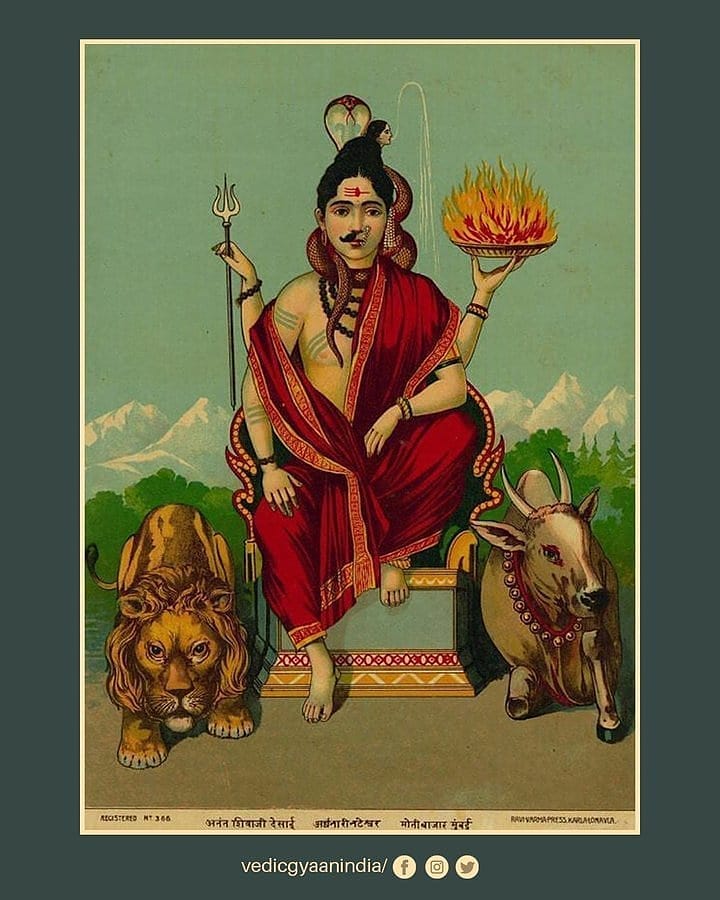
Ganga, one of the holy rivers of India, emerges from the Himalayas. People worship Mata Ganga as a symbol of purification and forgiveness. The Rig Veda (10.75) has mentioned the river Ganga as one of the holiest rivers. Many epics like Ramayana, Mahabharata, and the Puranas have 



marked the appearance of Mata Ganga.
According to Ramayana, Ganga is the firstborn child of Himavat (Himalayas) and sister of Mata Parvati. However, the Puranas marks the emergence due to Lord Vishnu, and her descent happened due to Bhagirathi, the royal sage while, aided by
According to Ramayana, Ganga is the firstborn child of Himavat (Himalayas) and sister of Mata Parvati. However, the Puranas marks the emergence due to Lord Vishnu, and her descent happened due to Bhagirathi, the royal sage while, aided by
God Shiva. In Mahabharata, Mata Ganga is the mother of Bhishma Pitamaha from the Kuru king Shantanu. Mother Ganga is the mother of humanity in which people immerse the ashes of their ancestors to bring their souls closer to moksha. To honor her efforts of humanity, festivals
like Ganga Dusshera and Ganga Jayanti are celebrated.
You can read the full blog on our website, ( For Hindi, click on the Flag of India icon in the translate option given at the bottom) vedicgyaan.com/ganga-mata-how…
• • •
Missing some Tweet in this thread? You can try to
force a refresh











